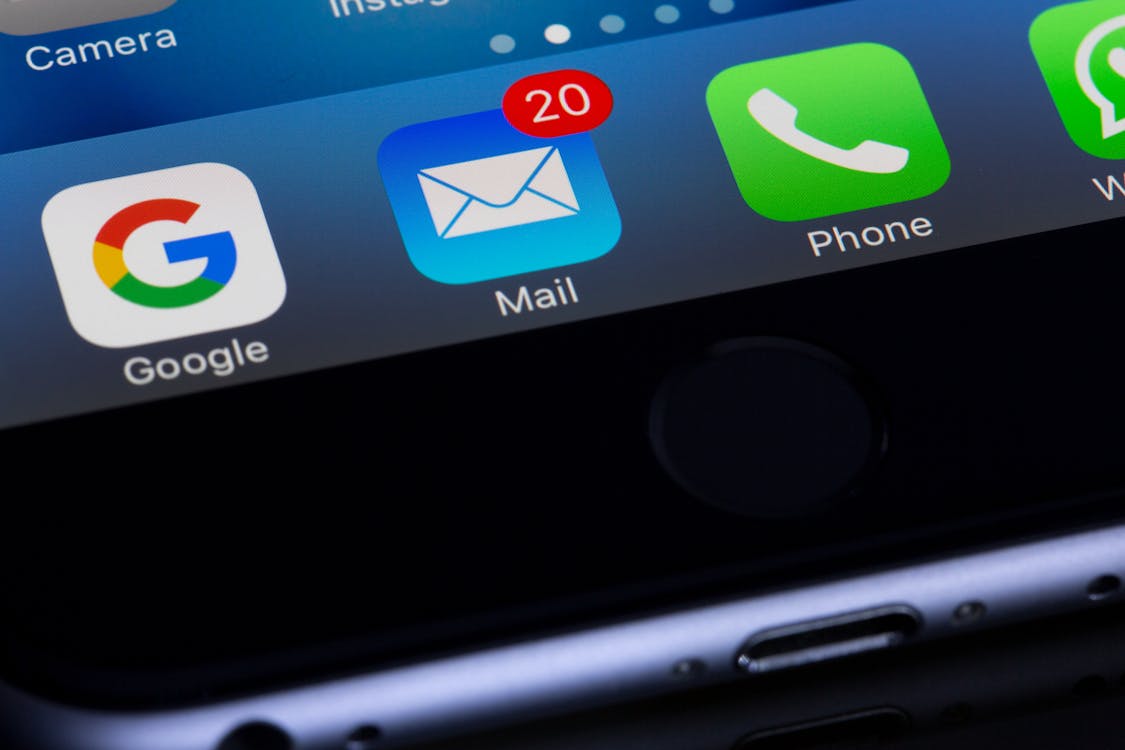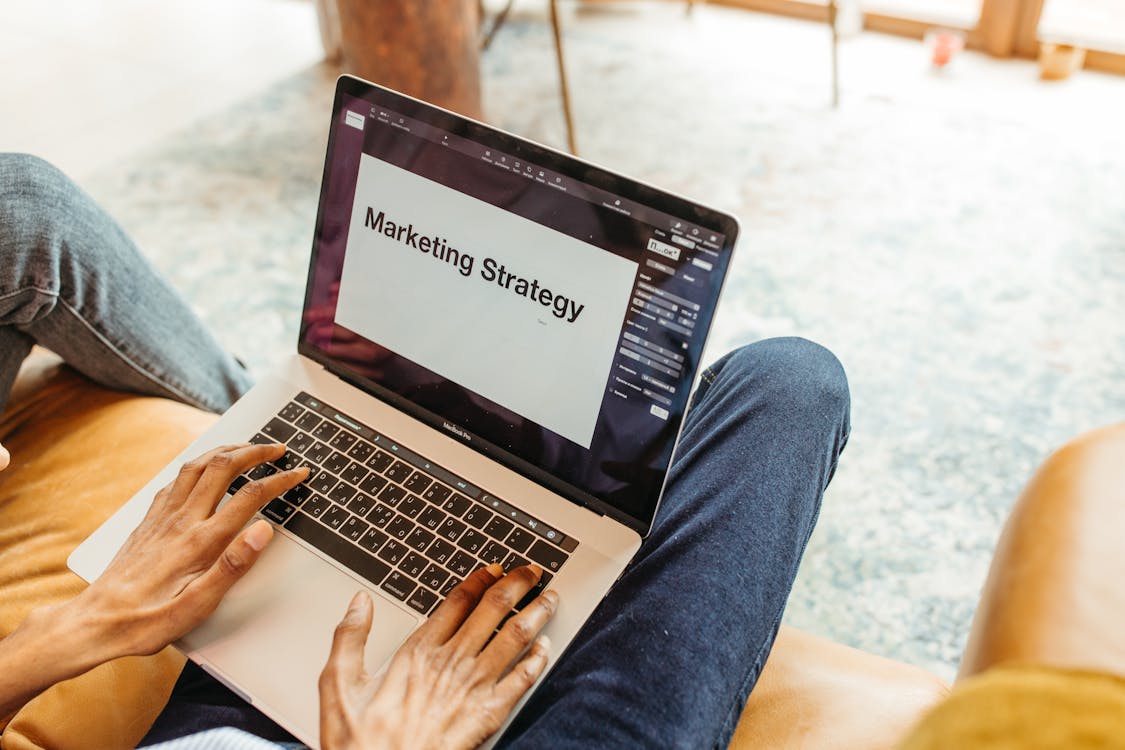
The number of people who use it is growing. The pace at which technology develops increases daily. People generally are using it more now than ever before. In any case, what is it? And why does this matter for the field of artificial intelligence advertising? Questions like these are very reasonable. Truth be told, AI-driven advertising is a lot more sophisticated than it may first appear. The terrain of AI marketing can be daunting, but this piece will help you navigate it and comprehend its subtleties.
- What Does Artificial Intelligence Marketing Means
- Benefits
What Does Artificial Intelligence Marketing Means
To optimize and leverage the load associated with all parts of marketing, AI marketers employ cutting-edge AI technology. As a result, this may involve employing AI to interpret and evaluate social media analytics and data. For instance, one may assess how many people saw your material and how well it performed. Optimizing your website for search engines with the help of AI is yet another (SEO).
One further way that AI can be put to use is when it is used to help customers as opposed to the company’s own marketing department. Among the methods available for bettering interactions with customers, “chatbots” stand out. A “chatbot” is an interactive computer program that pops up on websites to see if the visitor needs help and then provides it or points them in the right direction. If your website gets a lot of visitors and phone calls, this is a great strategy to implement. Using a chatbot can reduce the amount of time your customers or audiences have to wait, and it will also lighten the load on you or your employees.
Benefits
One of the main benefits of AI in marketing is how accurately it can predict the outcomes of promotional campaigns. The most effective promotions, campaigns, etc. can only be calculated with access to historical data and web codes. In the end, this will help you save both time and money.
-
Consumer Behaviour
AI excels in both forecasting future content and assessing prior data to choose the best course of action. However, it really shines when it comes to predicting how customers will act. It may be possible to profile and identify each and every one of your audience members using cookies and other online technologies. This allows the system to learn the specifics of your audience’s information consumption habits.
-
Personalization
And because AI has such a deep understanding of each individual and their habits, it can streamline the individualization of the marketing process at every stage. For instance, AI makes it possible to make unique user profiles for each website visitor. It also helps in forecasting what services and products each user is likely to look for. In turn, this facilitates the identification of target marketing niches.
-
Expectations
As AI technology develops, so do the expectations of the general public. They count on companies to read their minds and deliver products or services tailored to their every whim. If a corporation or brand fails to do so, visitors will promptly exit their site or page.
You, the actual marketer, can use this data to develop a more nuanced, humane approach to the robotic evaluation process. Creating effective advertising and marketing campaigns and initiatives calls for a blend of the unwavering accuracy of AI with the more human, intuitive process of concept generation.









